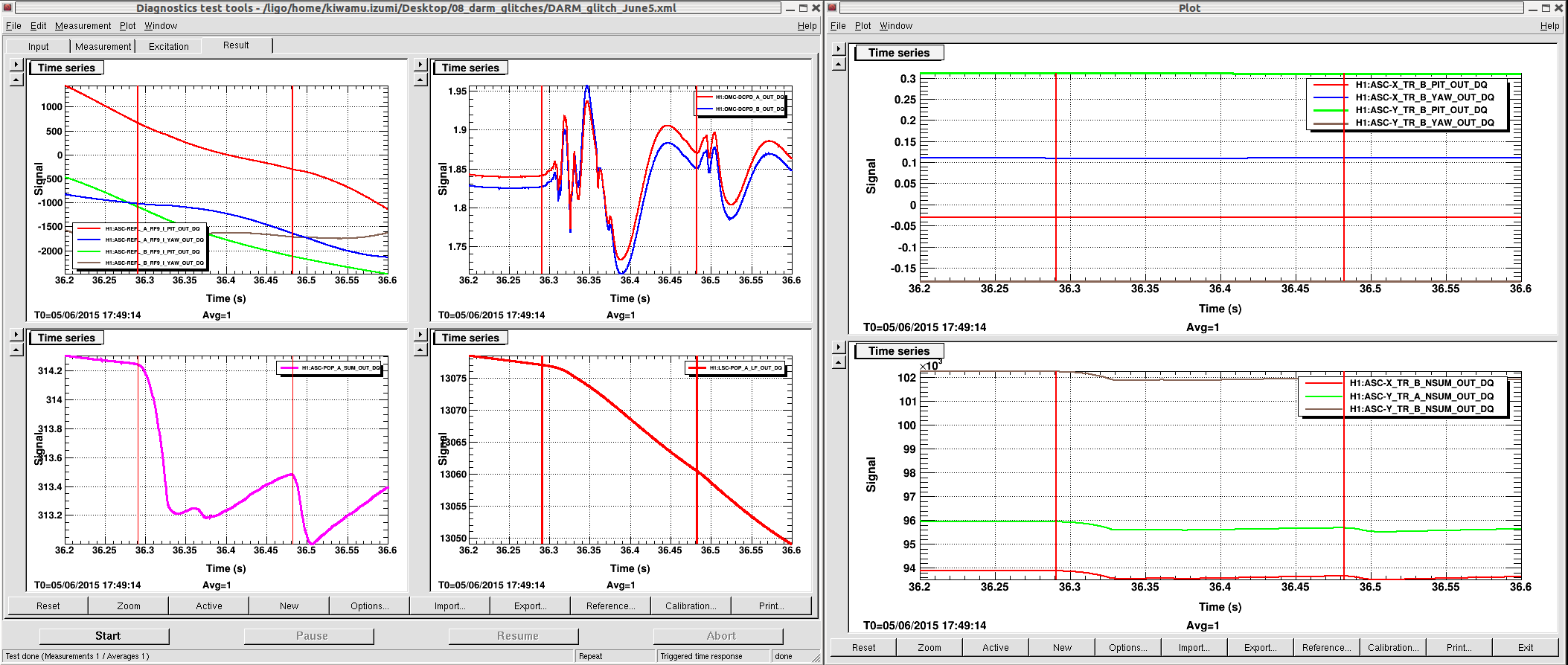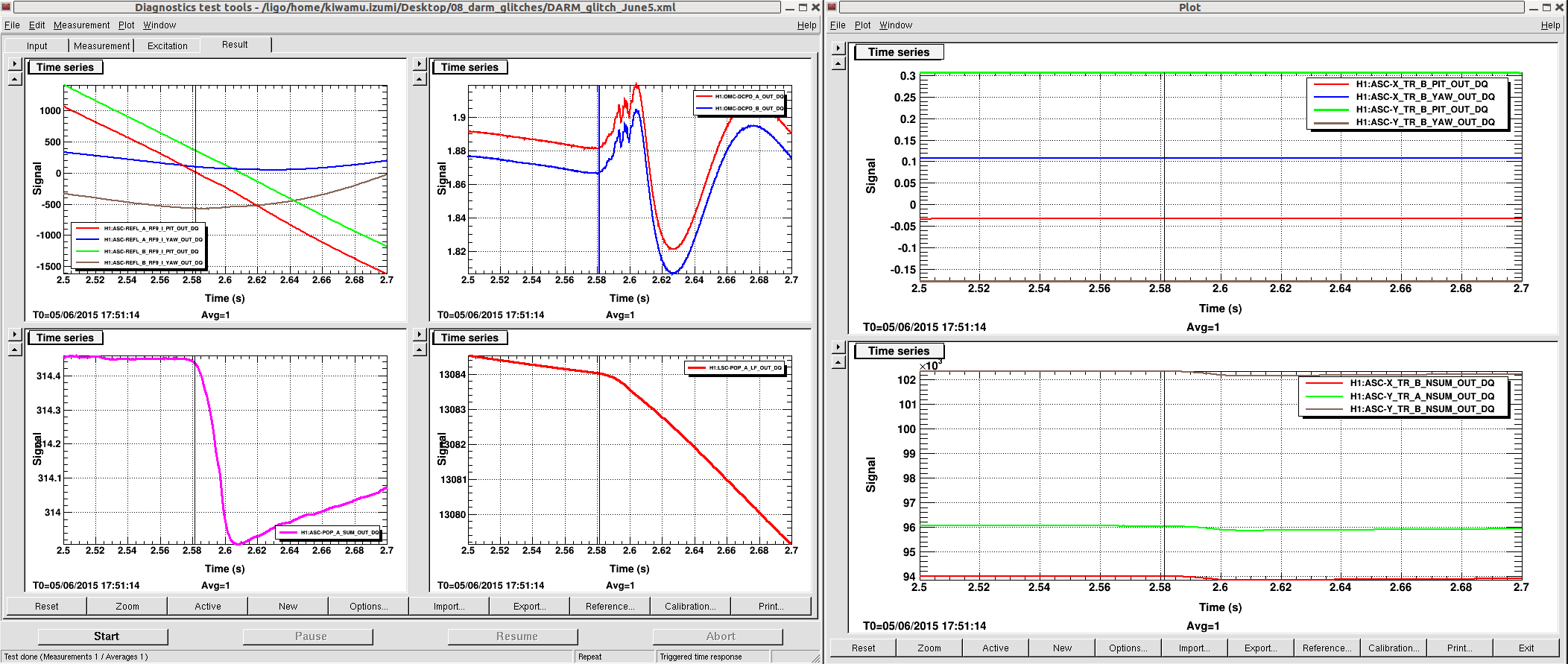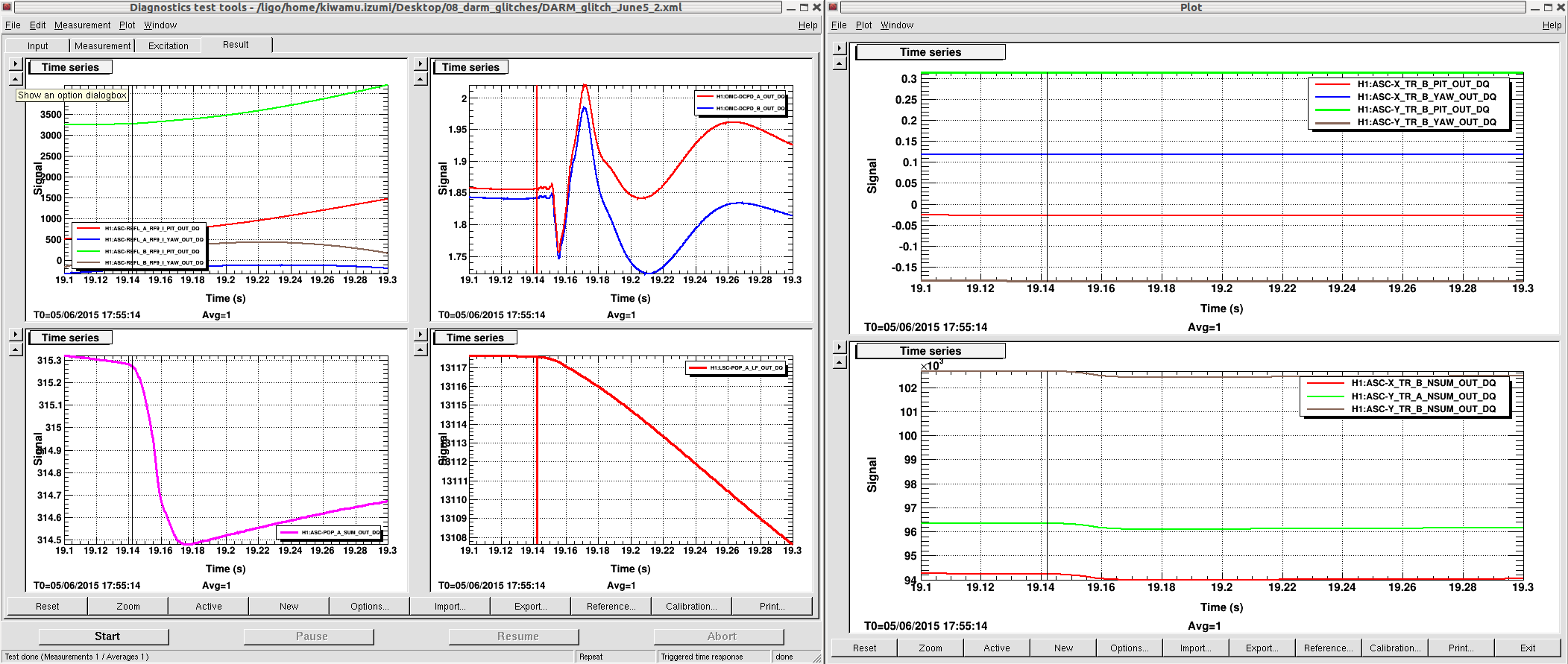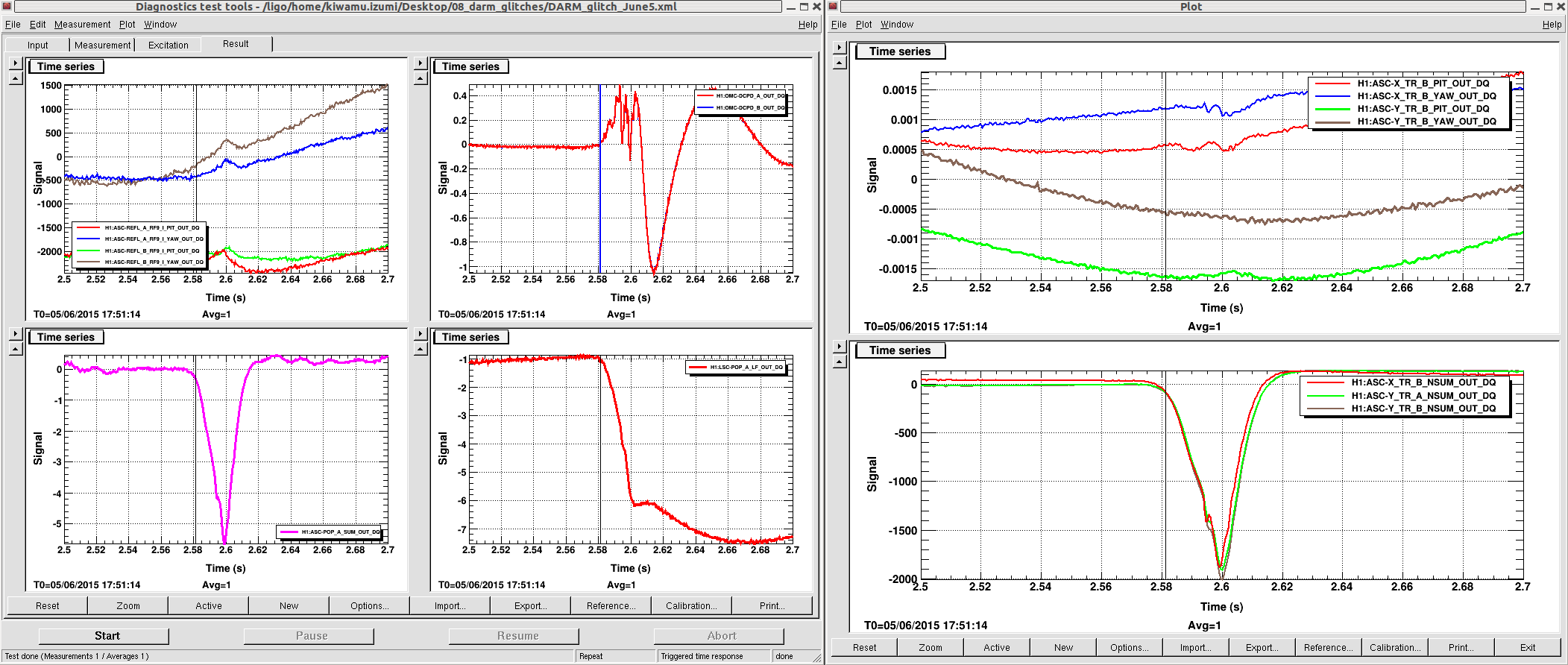809 - Richard to both ends
809 - Jeff B to LVEA then to ends setting up dust mons
811 - Christina fork lifting to OSB receiving and opening door
814 - Rick to manifolds on both arms
820 - Kyle to EY
823 - Jodi to LVEA to put signs up, then to MY
826 - Christina/Karen to EY to clean
827 - Beam tube cleaning start
832 - Robert to EY to move coils
832 - Patrick to restart EX Beckhoff
835 - Jodi and Rick out of LVEA
838 - Andres to LVEA to move parts around
845 EX Beckhoff back up
853 - Fil/Peter K to LVEA
900 - Kingsoft on site for RO work
905 - Praxair truck on site
907 - Fil/Peter out of LVEA
909 - Jodi leaving MY
917 - Andres out
921 - Gerardo to LVEA for wrenches
923 - Mitch to ends for serial number hunt
927 - Karen/Christina leaving EY for EX
928 - Gerardo out and to EY
947 - Robert out of LVEA
1000 - Praxair truck #2 on site
1006 - Daniel to EY to look at TCS setup
1010 - Richard back fomr Ends
1020 - Robert to LVEA
1020 - Karen/ Christina leaving EX
1020 - Fil to EY
1027 - Ed to CER
1036 - Ed out
1040 - RIchard to EY
1049 - Rick LVEA fit check
1052 - Daniel back, for a moment
1057 - Richard to LVEA looking at Cosmic Ray Detector
1105 - Christina/Karen to LVEA
1107 - Patrick restarting PEMEY
1128 - Mitch back
1128 - Daniel back
1133 - Jeff B back




















